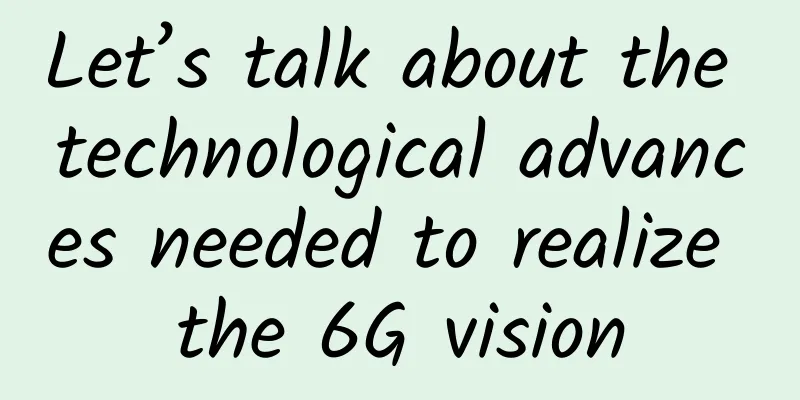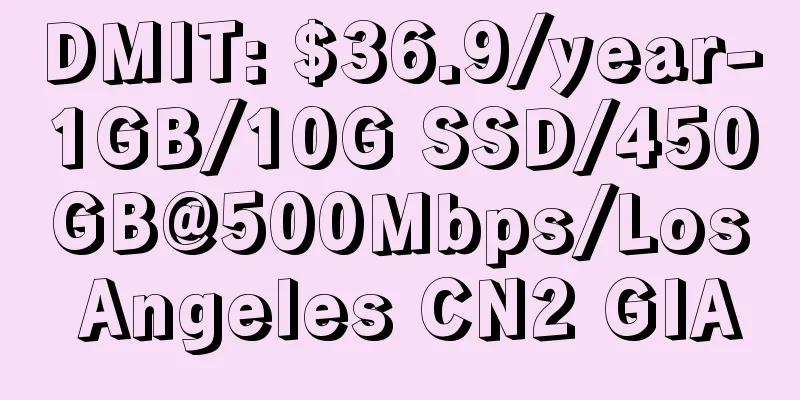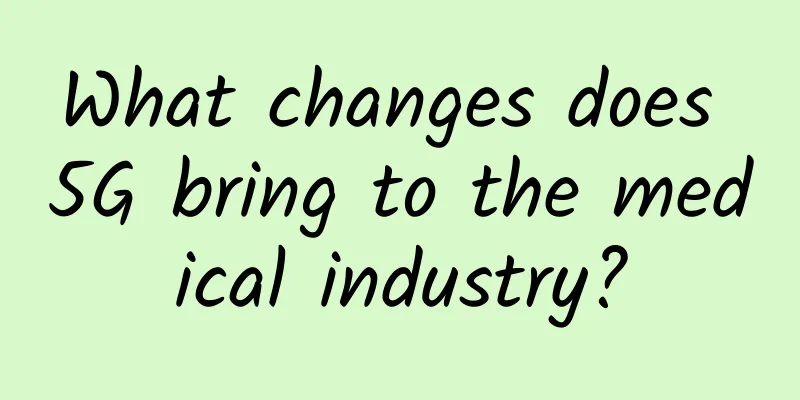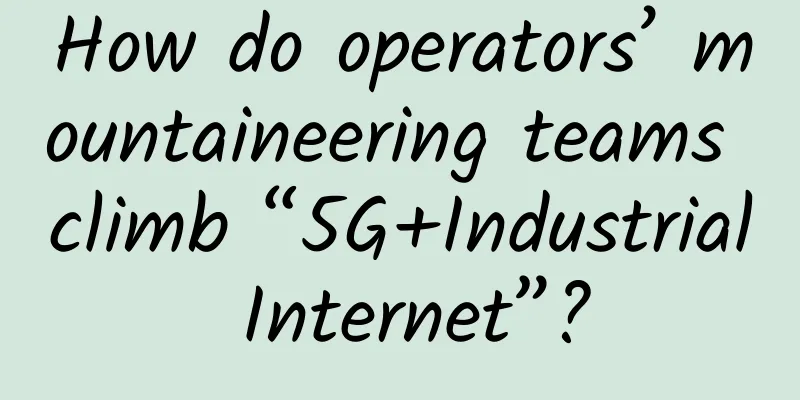Let’s talk about the technological advances needed to realize the 6G vision

|
The next generation of cellular technology will bring great improvements in bandwidth utilization, data transmission, and application support. 6G is expected to provide download speeds close to 1 terabyte per second, 1 microsecond latency, and unlimited bandwidth. 6G will enable people to interact with their surroundings in creative ways, including instant communications, connected robots, autonomous systems, and wireless artificial intelligence interactions. Roger Nichols, 6G program manager at Keysight, answers questions about the technological advances needed to realize the 6G vision. Q: What will 6G do for us?A: 6G will go further than 5G in combining communications with computing – so that Network as a Service (NaaS) and Compute as a Service (CaaS) will become seamless. This requires the use of advanced communications to distribute computations between cloud/centralized, edge, and client in a flexible manner, optimized based on use case, business, and environmental considerations. The expansion into new use cases in government, enterprise, healthcare, and education will all leverage 6G’s new capabilities to achieve what was not possible with previous generations of communications technology. For example, better resource-focused hybrid education, increased engagement, flexibility and reduced delays could be an outcome. More efficient transportation of goods and services through automated supply chain management using communications and computing, and global positioning systems using AI to help predict demand, reduce waste, and respond to emergencies. By combining advanced communications and location information with advanced sensing and distributed computing, machinery automation becomes more sophisticated. Collaborative robots will automate transportation and play an important role in manufacturing, construction, mining, and emergency management. Immersive telepresence can combine 3D tactile holography and computing technology to provide real-time automated language translation for remote meetings, or integrate tactile holograms with digital twins and physical systems for remote training or troubleshooting. Q: How to implement such a use case?A: New use cases require developments in technology, business models, policies, and even social interactions. The technologies involved will need to manage higher data rates, further reduce latency, provide predictable sub-millisecond timing, expand the density of data devices/users they can handle, and seamlessly integrate with wireline, microwave point-to-point, terrestrial cellular, satellite, Wi-Fi, PAN (Bluetooth), NFC, and other network types. Networks must become more reliable and resilient as more widespread use cases mean they will be used for applications that carry higher risks in terms of social, safety, business risk and environmental impact. Distributed cloud, edge, and client computing will require new software technologies, while improvements in AI will be combined with compute to optimize system performance for use cases. System resource efficiency must improve, with a particular emphasis on energy and spectrum. When applied to mobile wireless systems, cybersecurity will need to improve significantly to cover the vastly expanded use cases and threat surface, and increase the risk to the system. Q: How will 6G support the growing Internet of Things (IoT)/Internet of Everything (IoE)?A: As suggested, combining the flexibility and power of the web with distributed computing and sensing systems—some of which might even be embedded in the human body—means more seamless interconnection between various communications technologies. Back in 2016, Mischa Dohler of Kings College London (now working with Ericsson) told a class on the Internet of Things that “we don’t really have an Internet of Things, we have an ‘internet of things’, or rather, several.” What this means is that the value of the Internet of Things (and ultimately the Internet of Everything) lies not only in connectivity, but also in using the data generated in a beneficial and secure way. Most IoT systems do not communicate with each other or share data to leverage knowledge, such as between a parking management system and a traffic management system. This type of interoperability is either not done or is very difficult and time-consuming. So one of the big advances needed for 6G has almost nothing to do with radio links, but rather how to exploit the information in the system. This technology can be exploited in a more comprehensive way by merging sensing, communications, and distributed computing into a larger programmable network. Q: What is the specification roadmap for 6G?A: Assuming 3GPP remains the de facto specification group for global standards, one can expect the first work on 3GPP specifications to begin around 2025. Some claim the first realizable 6G features will appear in Release 21. That said, there are two more things to keep in mind. First, 3GPP isn’t the only specification body that will be contributing to 6G. The IETF, several parts of ETSI, and O-RAN will have to make changes. However, to achieve standardization of things, a lot of work needs to be done to develop and prove the technological advances required to achieve this vision - the list is not only long, but each one has many levels of complexity and requires innovation at all of them. This means that standardization cannot really begin until there is greater confidence in the ability to implement the required technology. |
<<: Whose encryption key is hardcoded in the code?
>>: Talk about the past and present of WiFi
Recommend
A seminar on hypertension prevention and control was held, and Omron helped China to upgrade its hypertension management to a smart level
On December 5, 2019, the "To the Classic, Cr...
Discussing the future of TOSCA and NFV
Standardization and unification have great advant...
my country's 5G commercialization has delivered a global focus in its first year of annual inspection
According to the China News Service of China Nati...
Sharktech: $99/month-2*E5-2670V2/32GB/500G SSD/1Gbps unlimited traffic/Los Angeles high defense
Sharktech cancelled the lowest-priced $59/month L...
Manually sending packets only handshakes twice, I discovered the secret of TCP
[[399328]] Planet Questions There are at least 9,...
Let ChatGPT tell you how to build a lossless network that supports ChatGPT computing power
With the acceleration of digital transformation o...
RAKsmart: Hot-selling servers starting at $46/month, US/Hong Kong/Japan cluster servers, 1-10Gbps unlimited traffic servers restocked
RAKsmart is a foreign hosting company operated by...
Predictions for IT development after COVID-19
Gartner and IDC predict that global IT spending w...
Google's OnHub routers will stop supporting software in December next year
Google announced today that it will stop software...
Zhongguancun Frontier Technology Innovation Competition and Entrepreneurship Week grandly opened
[51CTO.com Beijing report] In order to implement ...
Pride and Prejudice in Data Centers About Software
When it comes to data centers, most people will f...
Huawei releases new 5G products to support Chinese operators in building better 5G networks
[China, March 9, 2020] Today, Huawei held an onli...
Ten reasons why traditional routers are abandoned (six, seven, eight)
Over the years, we've dutifully upgraded our ...
I finally figured out the service flow limit issue.
Introduction With the development of microservice...
How to speed up banking business innovation through comprehensive real-time monitoring?
In recent years, with the gradual deepening of th...

![[11.11] LOCVPS: 30% off on all VPSs/50% off on some VPSs, 50 yuan bonus for 300 yuan top-up, KVM/XEN multiple computer rooms available](/upload/images/67cac23c1c8be.webp)







